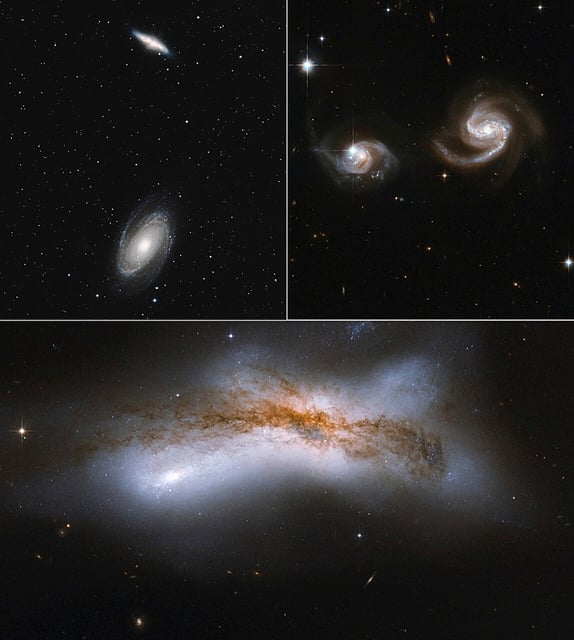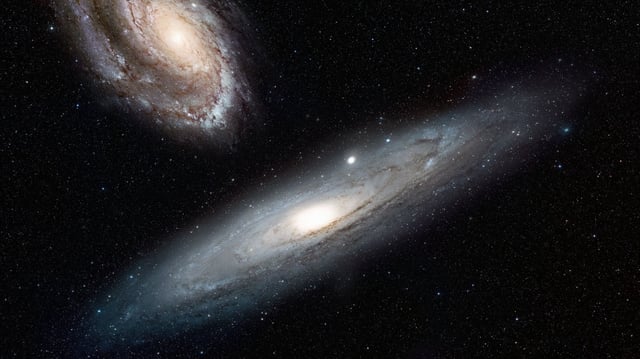Overview
- A University of Helsinki–led team reports an approximately equal chance that the Milky Way and Andromeda will merge or bypass each other over the next 10 billion years.
- Simulations draw on updated galaxy distances, masses and motions from ESA’s Gaia mission and NASA’s Hubble Space Telescope.
- The Large Magellanic Cloud tends to pull the Milky Way off course while the Triangulum Galaxy nudges Andromeda closer in nearly half of the scenarios.
- Past models treated Andromeda’s transverse motion as negligible, yielding a near-certain head-on collision forecast about five billion years from now.
- Researchers say more precise measurements of Andromeda’s proper motion are essential to narrow uncertainties in predicting the galaxies’ long-term trajectories.



